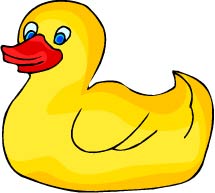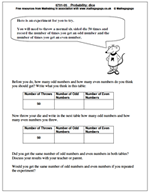 Number rhymes from mathsblog.co.uk together with urbrainy.com
Number rhymes from mathsblog.co.uk together with urbrainy.com
The second in our series of number rhymes for young children to help them recognise numbers and count up to 5 and from 5 back down to zero. There is plenty that can be done with number rhymes such as this, children like to learn them off by heart, starting just by saying “Quack, quack, quack” and quickly remembering more of the verses. They can be incorporated into games: bath time with rubber ducks.
Five little ducks went out one day,
Into the woods and far away.
Mother duck said, “Quack, quack, quack,”
But only four little ducks came back.
etc. Click on link below to view and print the number rhyme and further activities.

 Free maths worksheet: Standard written method for addition of two 3-digit numbers.
Free maths worksheet: Standard written method for addition of two 3-digit numbers.